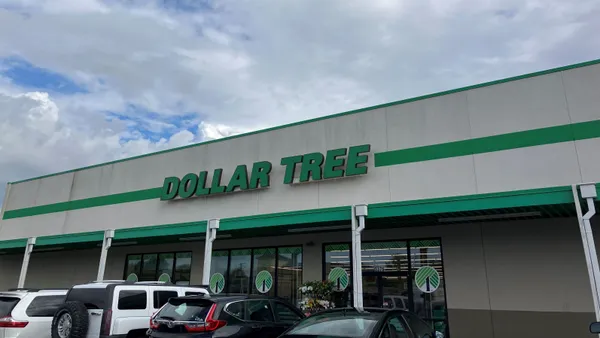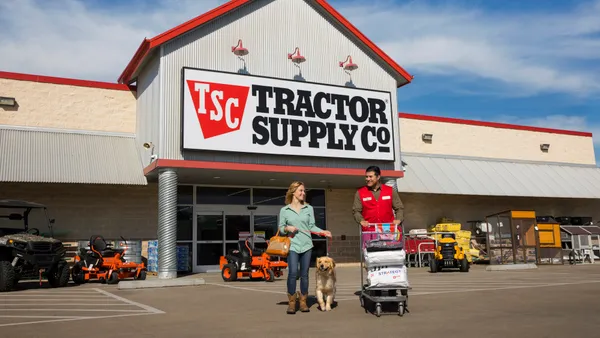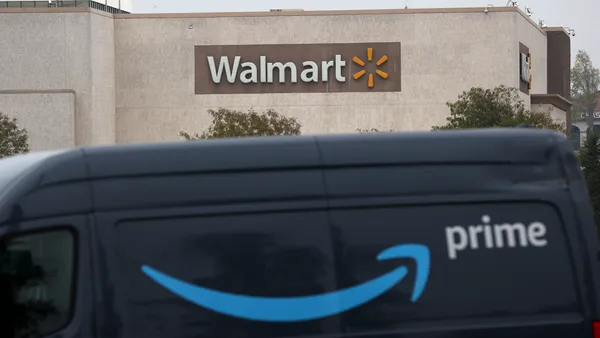Savvy supply chain leaders know they need to invest in tech, but identifying the right logistics technology solutions can prove challenging in a market flooded with options. If you’re working on a business case for software that can improve your fulfillment operations, then it’s critical to understand the return on investment (ROI) for the solutions you choose.
According to 92% of retail supply chain leaders, modern warehouse management systems (WMS) and order management systems (OMS) are the answer to fulfillment woes. Of these 92%, the vast majority (70%) are actively implementing WMS or OMS platforms for peak season 2023.
This information was uncovered during a second annual survey of supply chain leaders at retailers, wholesalers and 3PL/4PL firms, conducted by Deposco and Supply Chain Dive’s studioID. More than 150 retail and supply chain executives shared their preparations and predictions for peak season.
Investments in WMS and OMS platforms are top of mind for good reason this year: When asked which areas of their business need the most improvement, nearly half of respondents (48%) named warehouse management as a top concern.
To invest or not to invest: Is it really a question?
First, let’s talk about the 22% of retail leaders who realize the benefits of a WMS/OMS but don’t plan to make investments in 2023. There could be many reasons why a supply chain professional would see the need for specific software and not invest. However, the most likely culprit is probably the challenge of developing a convincing cost-benefit analysis that will convince internal stakeholders.
Michael Johnson is the vice president of business consulting at Deposco, a provider of omnichannel fulfillment technology solutions. In his day-to-day function, he helps supply chain management leaders understand technology implementation and how warehouse and order management systems work — but he sometimes sees them struggle to present a business case in a comprehensive or accurate way.
If you’re working on making a business case for a WMS or OMS, it’s critical to understand both short- and long-term ROI. According to Johnson, it’s very possible to recognize value from warehouse software in just a few months, especially when you look for a solution that can be implemented quickly and without disruption to existing operations. “Not only will you have that fast ROI,” he said, “but you’ll be ready to grow and scale easily after that initial implementation.”
To build a strong ROI story and choose investments that will be foundational to success and create a clear path to revenue, look for a WMS or OMS that:
- Integrates into ERP, ecommerce platforms and sales channels without friction or extensive time/effort.
- Deploys fast with simplified onboarding.
- Supports real-time inventory visibility across all channels.
- Increases order throughput and accuracy.
- Scales quickly to support growth without heavy IT resources or custom projects.
- Makes elastic fulfillment capacity possible so you can adjust to unpredictable peak loads.
- Works not only for this peak season but for future peak seasons.
“When done correctly, these solutions not only provide strong ROI but also do so in a very timely fashion,” Johnson said. “Expectations for investment returns have shifted, and businesses want to recognize value right away — in as few as two or three months.”
To avoid concerns about systems integration — a business area that 43% of retail leaders say needs the most improvement for peak season — be sure the system you choose will work with the types of supply chain systems and automation technologies you’re currently using and considering. WMS or OMS integration with other platforms should be fast, easy and inexpensive, and the system shouldn’t require lots of consulting or custom coding every time you need to add something new.
A partner should be an extension of your business
While platform features and benefits are important, remember this: The partner behind the software matters just as much as the solution itself. To effectively roll out a WMS or OMS, look for a provider and partner that offers:
- A comprehensive understanding of your operation and the challenges you need to overcome.
- The means to identify and eliminate implementation barriers to ensure speed to value.
- A capability to shift burdens from your people to your processes to improve productivity, the employee experience and worker retention.
- Predictable, flexible growth plans that help you to scale your business.
Getting both fast ROI and long-term ROI
WMS and OMS platforms create the foundation for inventory, operations and other technology systems. Getting this type of solution in place is the first step to deploying automation, which more than half of respondents (55%) say they’re also prioritizing this year.
To start on the right foot and see ROI quickly, Johnson suggests beginning with a small project to see success right out of the gate instead of trying to launch all new systems, technologies and processes at once.
“Crawl, walk, run” is the motto he uses: Get started, give your team and processes time to acclimate, and continue to integrate your WMS or OMS into your workflow as it makes sense with a team who knows your business and will remain consistent. Most importantly, don’t get locked into software that can’t scale with you. Instead, ensure you choose a solution that allows you to add on new features and functionalities as you grow.
Where are you on your warehouse solutions journey? How do your preparations for peak season compare to what other retail leaders are doing? Download the full research report to learn more about peak season priorities, concerns and challenges in 2023.










